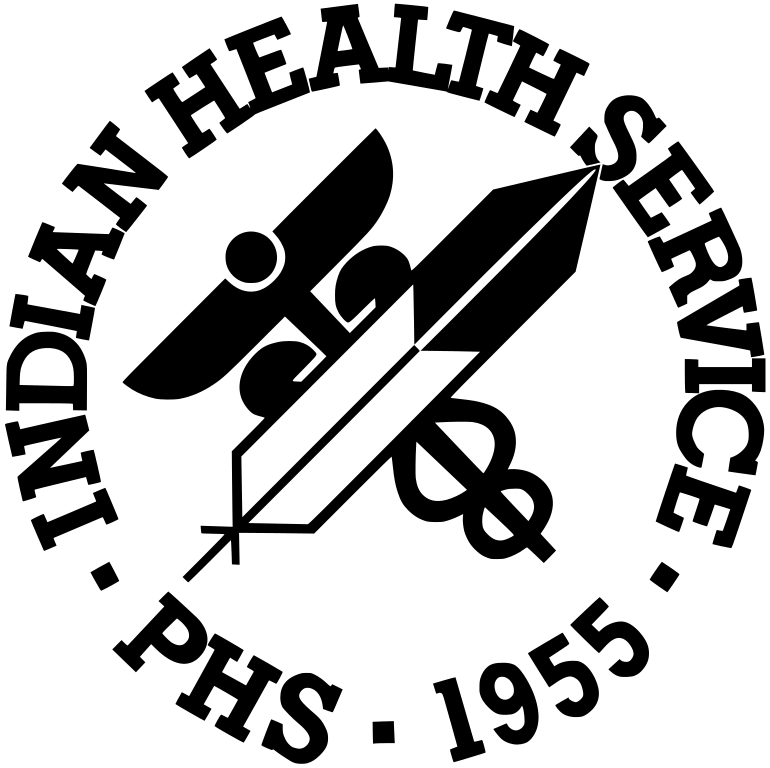Standard Code Book (SCB)
These code sets are updated regularly to maintain their effectiveness. Please contact the Content Manager with any questions or comments relating to these code sets.
Standard Code Book Tables
These tables comprise the approved codes sets from the Indian Health Service (IHS) Standard Code Book. The IHS Standard Code Book is a uniform listing of descriptive terms and identifying codes for recording and reporting medical information collected during the provision of health care services. A standard set of codes provides the means for reliable communication between Indian Health Service providers, patients, and third parties (e.g., contract health service providers).
OIT Standard Code Set Tables
These tables contain standard code sets approved by the Office of Information Technology (OIT), but not currently adopted for the IHS Standard Code Book. These are additional uniform listings of codes within the Resource and Patient Management System (RPMS) used for recording and reporting medical information collected during the provision of health care services.
Industry Standard Code Set Access Tables
The transmissions guides refer to various industry standard code sets. These links will provide direction to the sources of these code sets to aid in providing data to the IHS National Data Warehouse.


